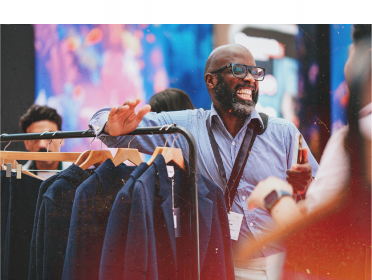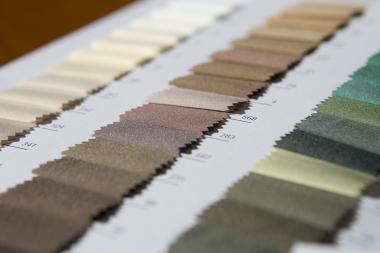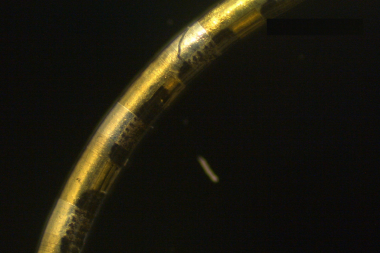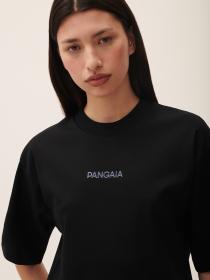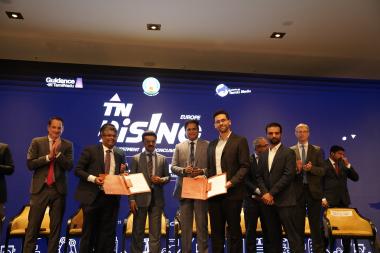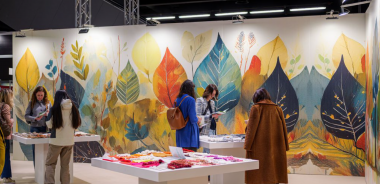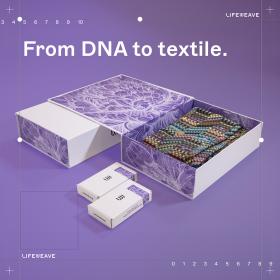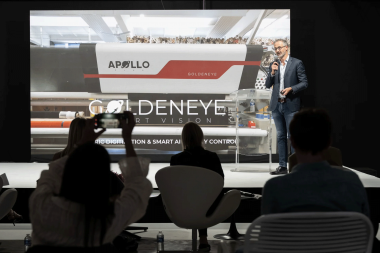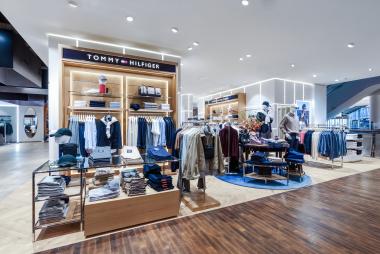Textile Solutions Group appoints Anton Hofmeier as Group CEO
Anton Hofmeier has joined the Textile Solutions Group (TSG) as Group CEO, effective 1 September 2025. His appointment strengthens Group-level coordination and aligns strategy from ERP and CAD to MES and shop-floor automation, so textile manufacturers achieve faster, lower-risk improvements in processing cost, delivery reliability, and sustainability.
Anton Hofmeier is an enterprise-software executive with 20+ years of experience in revenue growth, market expansion and M&A integration. With electronic-engineering roots and recent global supply-chain leadership, he brings an operations-first mindset that matches mill reality: complex flows, short lead times and last-minute reorders, right-first-time pressure, and the need to make quick decisions on reliable, connected data - without losing the strengths of each specialist company.
This comes at a time when mills face higher energy and material costs, stricter ESG requirements and global uncertainty, while many machines and supply systems still depend on manual handoffs or disconnected systems. Under Anton’s leadership, TSG’s goal is practical: shorter order-to-ship cycles, higher right-first-time, lower kWh per lot, and audit-ready traceability, enabled by a connected stack spanning product design, planning & sourcing, production & maintenance, quality controls and shipment.
Textile Solutions Group





